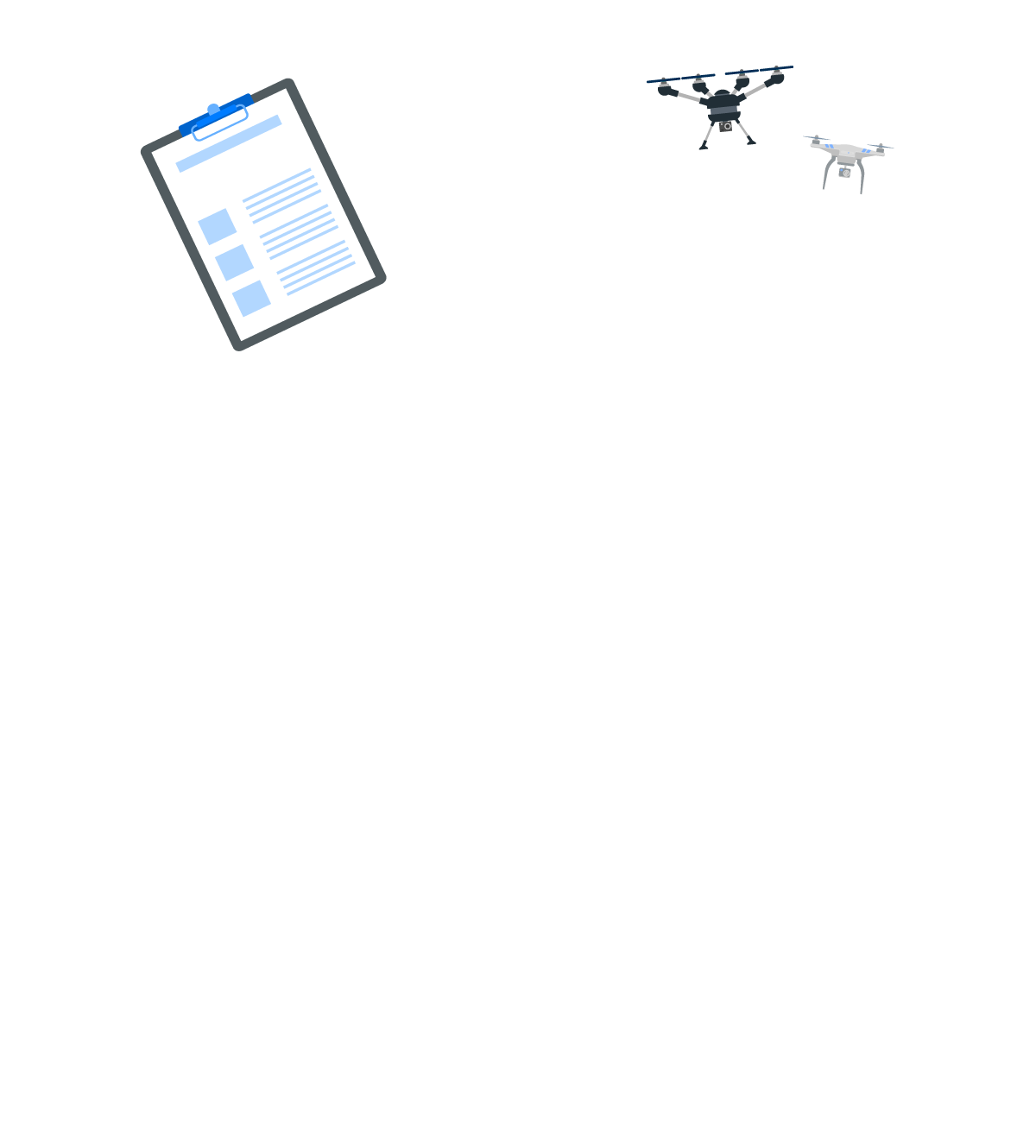
Step 1 | Lesson 1.4
Performance
Like for manned aircraft, drone performance can be defined in ways that are measurable. A number of factors affect performance. In this lesson, you’ll see how atmospheric and weather conditions can influence drone flights.
High performance drones exist in a variety of categories. From racing drones, to autonomously controlled swarms, discover some of the cutting-edge efforts that are being made to improve capabilities.
Every Flight to the Future lesson has seven segments that take you through a Mind Expanding Journey.
– Introduction
– Presentation
– Concept
– In-depth
– Recap
– Required reading
– Assessment
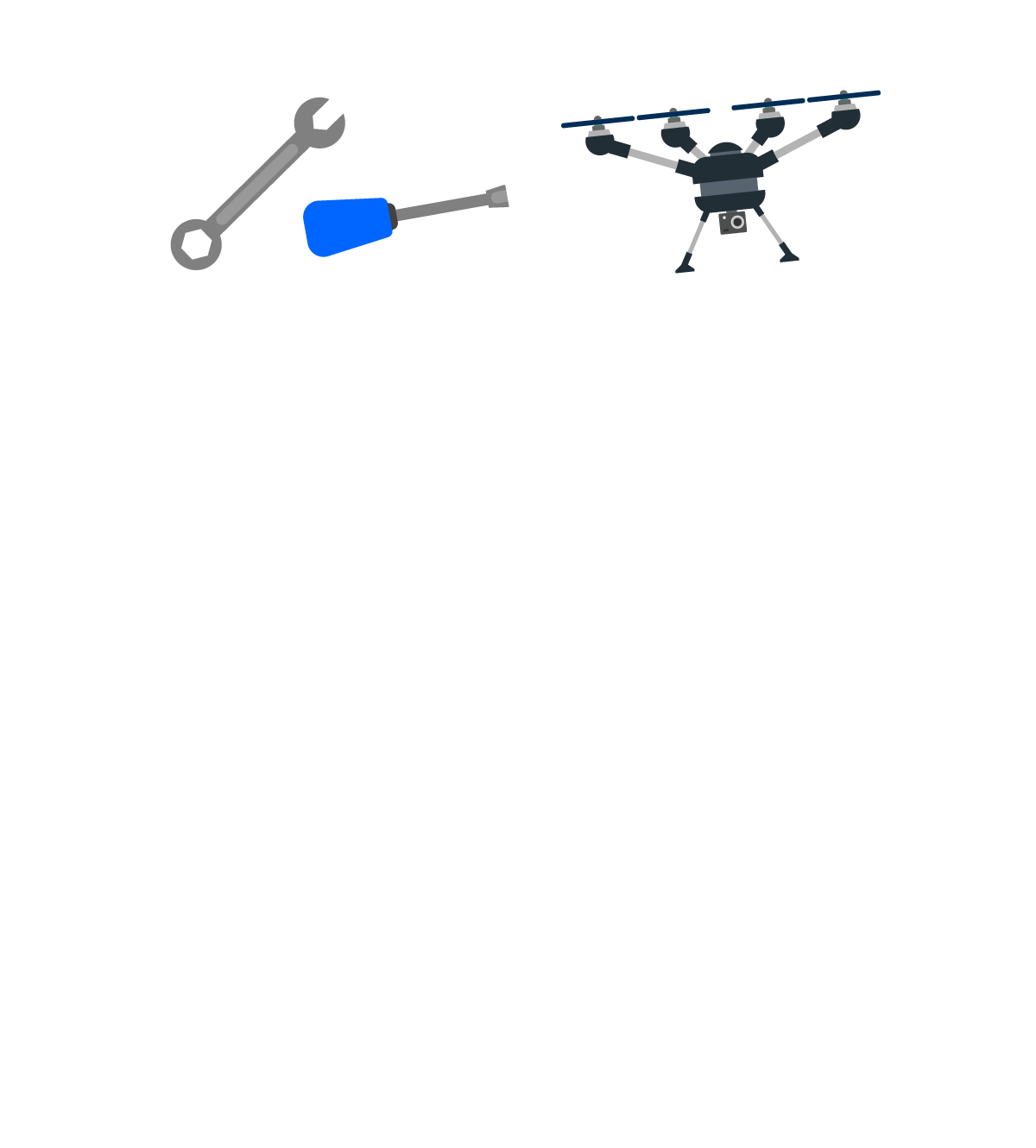


1.4.1. Introduction
Elements that affect performance
Performance factors are those related to a drone's ability to fly, and they are many. Speed, rate of climb, cloud ceiling, payload capacity, range, maneuverability and stability are but some that come into play when evaluating how well a drone will respond during flight and also what limits must be placed upon flight execution.
A drone’s total weight, the weather conditions and altitude all factor into the amount of thrust and power a drone's motor must generate to execute the remote commands issued by the pilot.
Atmospheric conditions are vital to a drone's flying capabilities and should not be underestimated in importance. Any experienced pilot will tell you about the extreme challenges and high risks that adverse conditions present.
In this section we will examine the various elements that determine atmospheric conditions and investigate how they directly and indirectly affect flight performance.
Due to its direct relevance on flight, one of the main topics we will study is air density and its defining components.
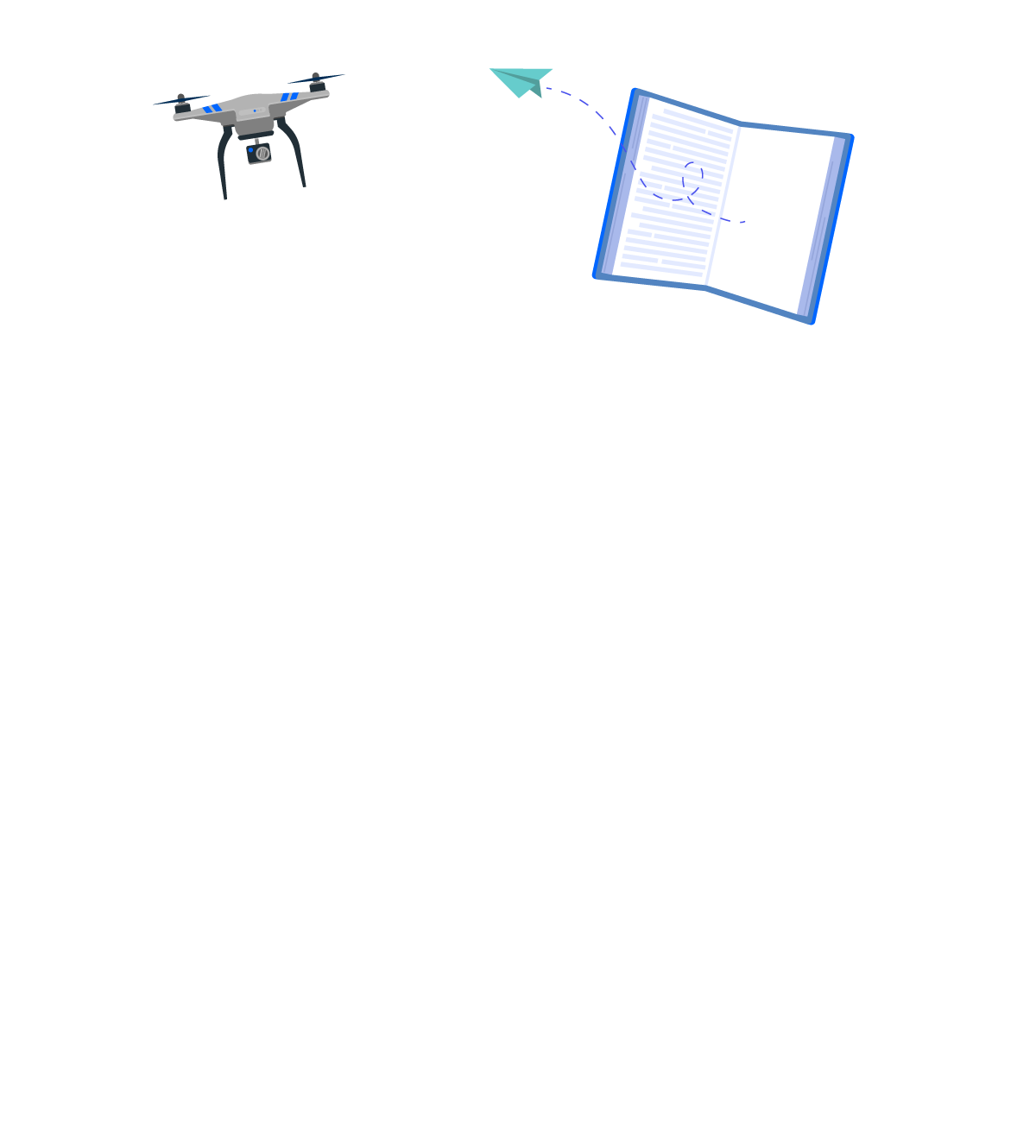


1.4.2 Presentation
Effect of the atmosphere on flight
All pilots, whether flying manned aircraft or operating UAVs, need to have a good understanding of the concepts behind the atmospheric influences on flight and flight operations.
Performance can be defined in measurable ways, based on the type and class of aircraft. This also requires a standard or metric, which is provided by defining a baseline set of variables that describe atmospheric and weather phenomena.
A standard atmosphere can be defined, and any real-world scenario can be categorized relative to this standard.
Watch the teaser



1.4.3 Concept
Atmospheric stability
The atmosphere influences aircraft performance in measurable ways. Some combinations of the system characteristics can lead to dangerous conditions for flight.
The concept of atmospheric stability is discussed along with its foundational role in generating inclement weather.
Certain types of clouds are dangerous for aerial operations as they indicate the presence of extreme turbulence or wind shears.
The three distinct phases of a thunderstorms are presented, where the middle phase displays extreme weather conditions. As we’ll learn in a later lesson, UAS providers rely on detailed weather forecasts to avoid such phenomena.
Watch the teaser
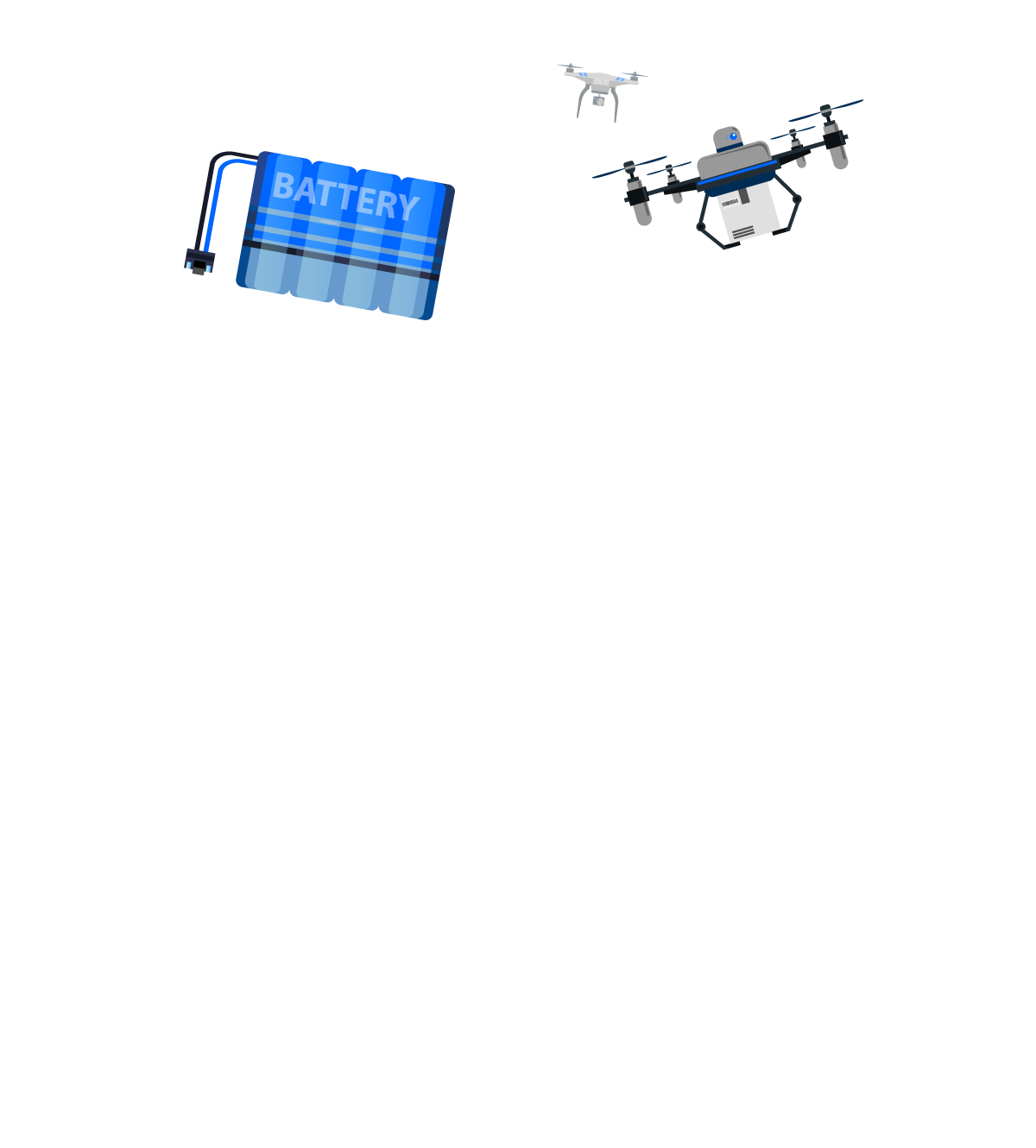
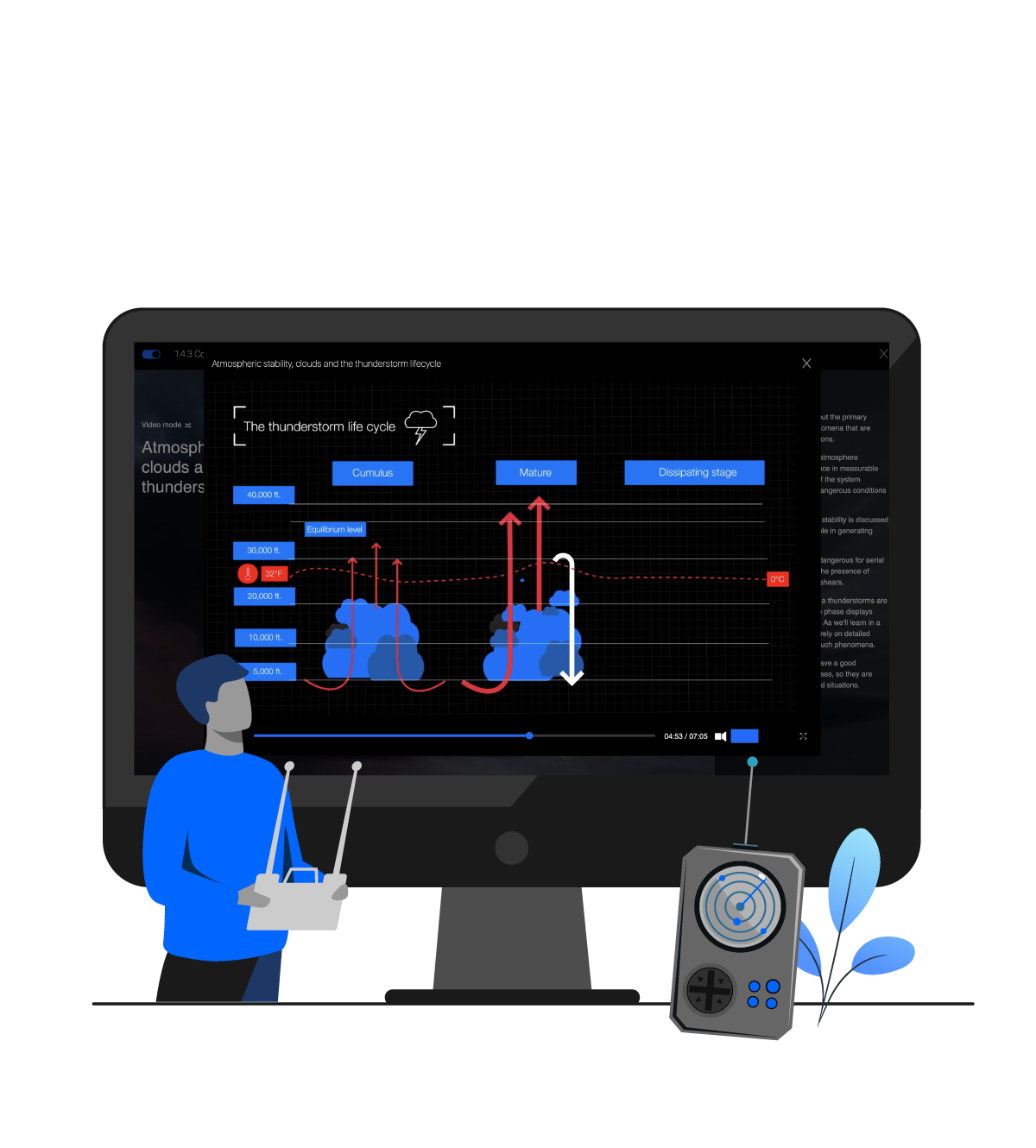

1.4.4 In-depth
Autonomous light swarms
What are they?
Light swarms, also known as drone light shows, consist of unmanned aerial vehicles (UAVs) equipped with LEDs that are flown in formation to create moving, illuminated, synchronized and choreographed images in the sky.
Almost any 2D or 3D image can be recreated by a computer program, blending art and technology to transform graphics into individual pre programmed flight plans for a group of drones.
State-of-the art technology
Specialized software allows users to select light show patterns and special effects, then place them in a timeline, similar to those found in video editing software. The software then calculates the flight path for each drone, guaranteeing they don’t collide in the air.
This generates a full 3D rendering of the show in the planning stage, to ensure it looks exactly as intended.
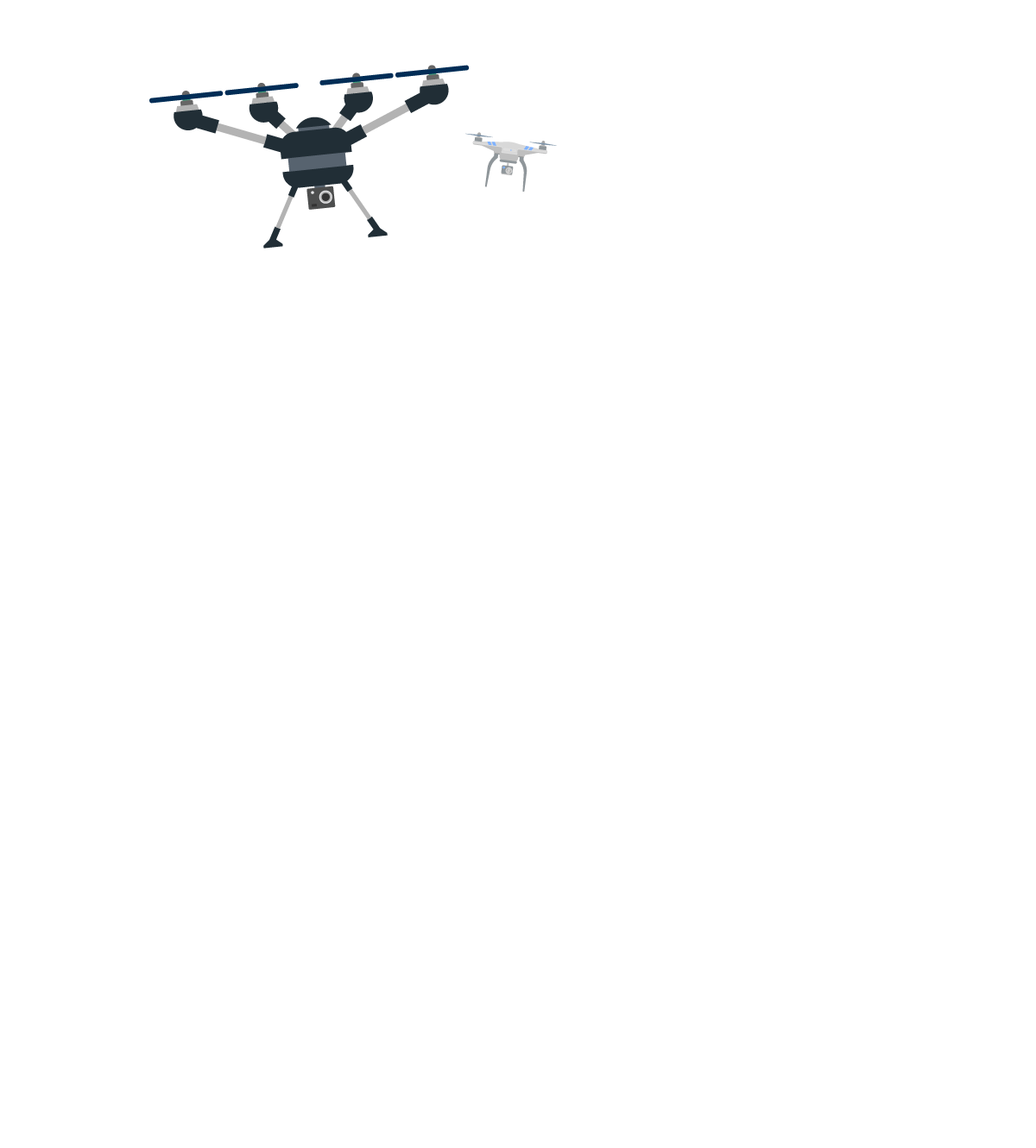
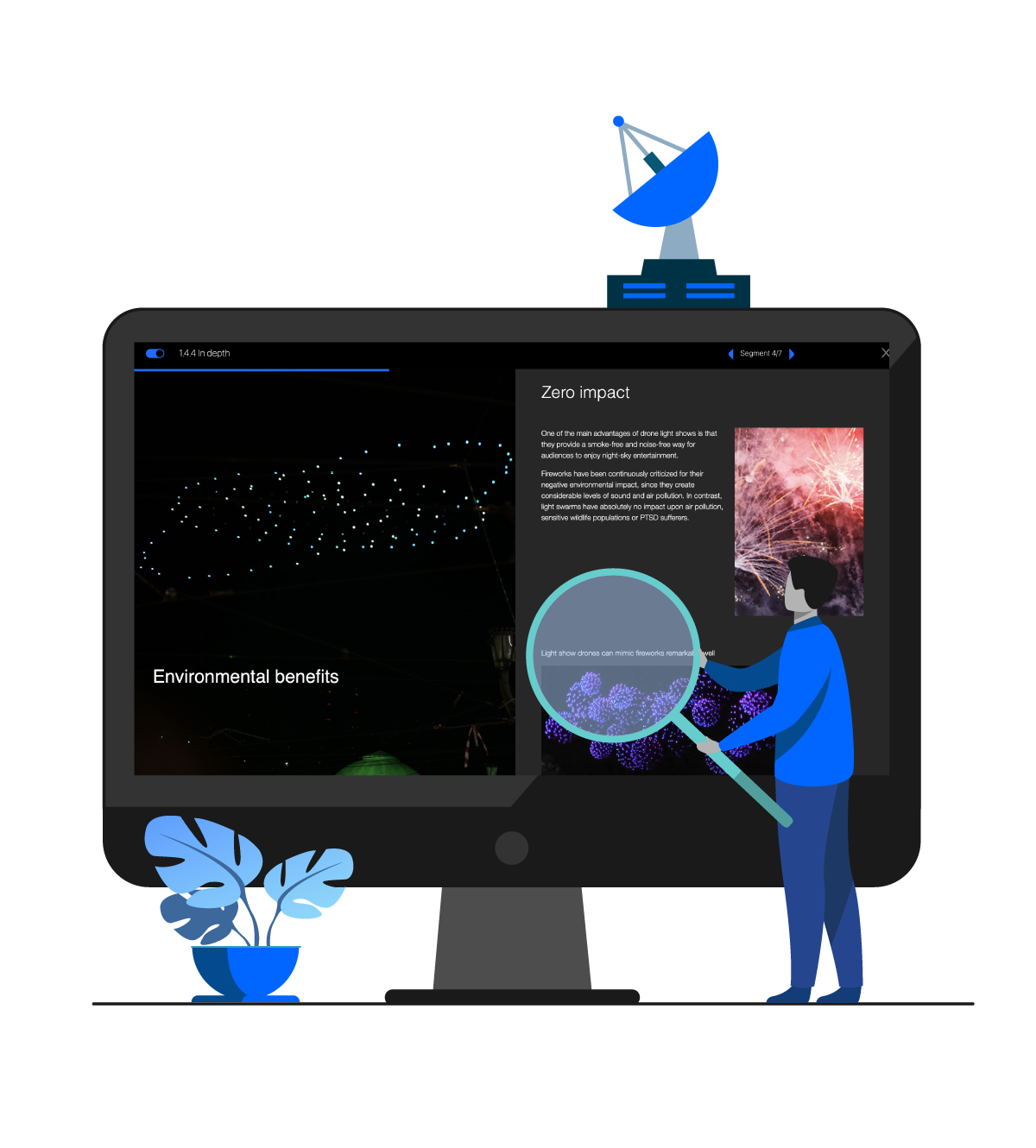

1.4.5 Recap
Lesson summary
Ceiling and visibility
A ceiling is the lowest layer of clouds reported as being broken or overcast. It can also be the vertical visibility through fog or haze.
Visibility is the greatest horizontal distance at which prominent objects can be viewed with the naked eye. Both are affected by weather conditions and greatly determine mission safety.
The thunderstorm life cycle
A thunderstorm cell progresses through three stages – the cumulus, the mature, and the dissipating stage. Every thunderstorm begins as a cumulus cloud and reaches its greatest intensity during the mature stage.
Strong surface winds, a sharp temperature drop, a rapid rise in pressure along with strong updrafts, create a very turbulent environment. As the storm dissipates, downdrafts take over and slowly die out.



1.4.6 Required reading
Lesson library
Required
– Standard atmosphere
– Density altitude
– Aircraft performance in relation to pressure, density and temperature
– Effect of wind on flight
– Thermal inversion
– Thunderstorm
For advanced readers
– Atmospheric stability and cloud formation
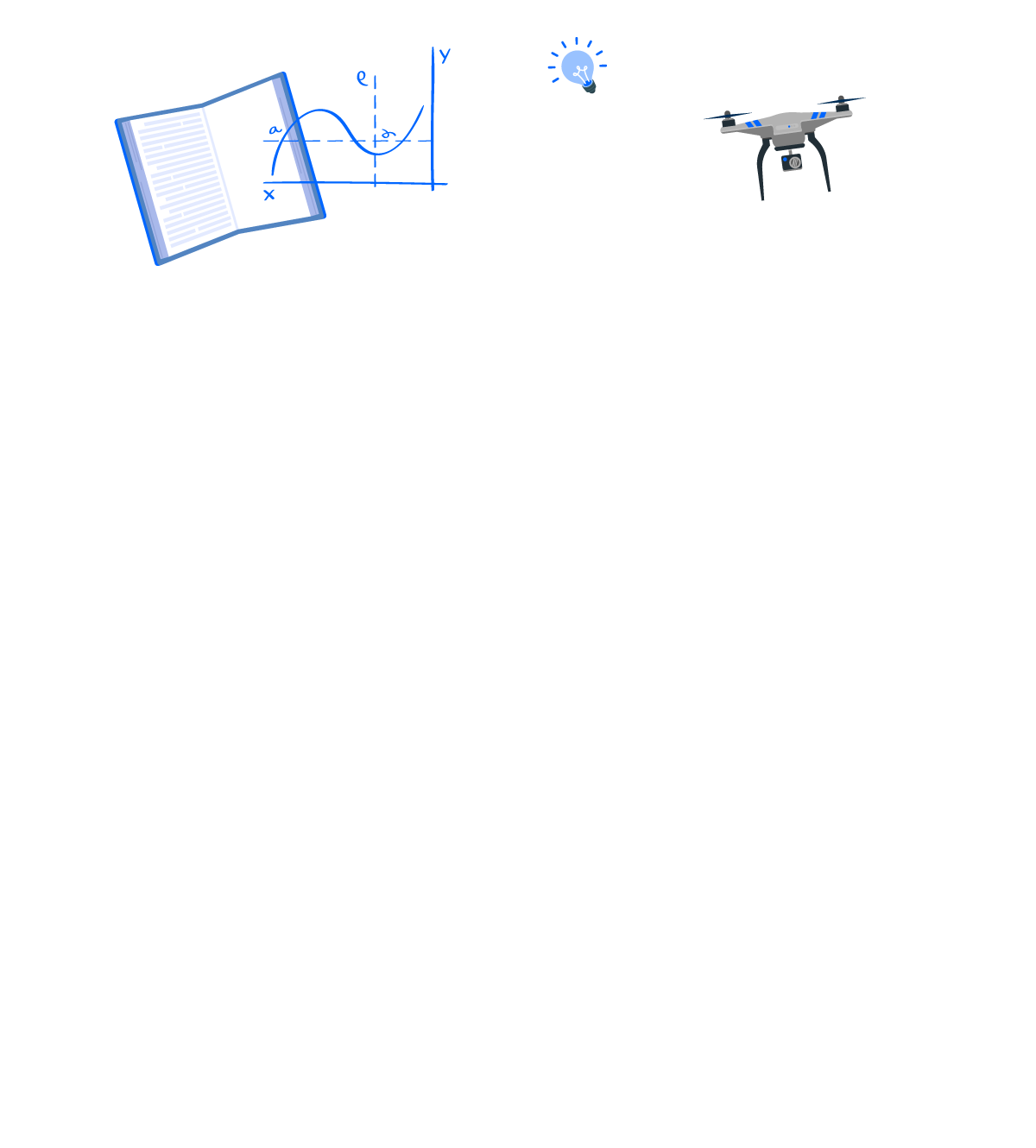


1.4.7 Assessment
Lesson quiz
What factors influence air density?
– Specific cloud formations.
– Changes in altitude.
– Changes in altitude, temperature and humidity.
– Temperature and humidity.
Ten multiple choice questions. An 80% score is needed to advance to the next lesson.
